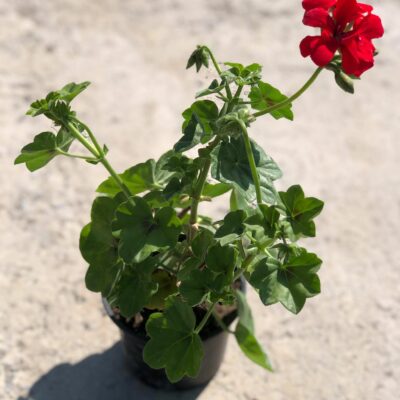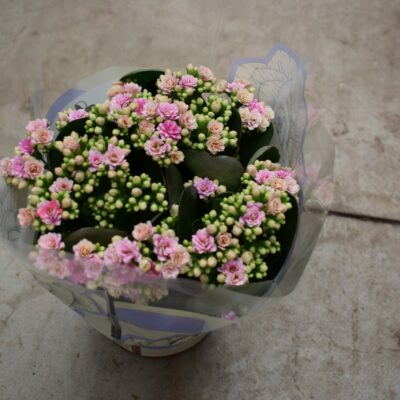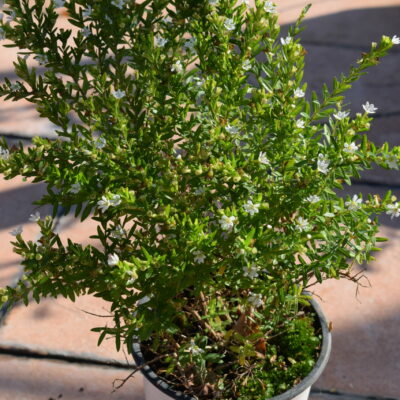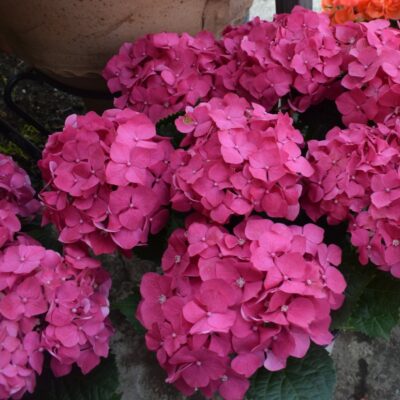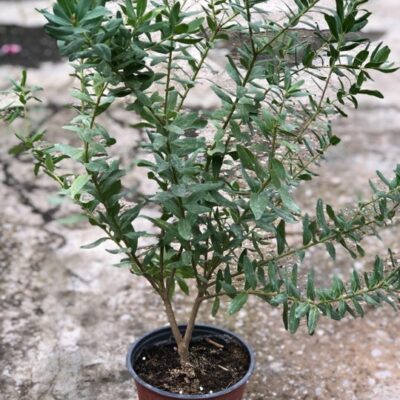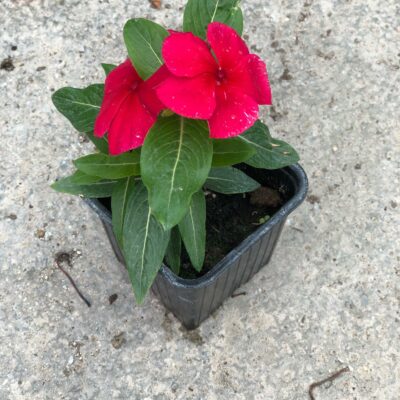Buttercup is a perennial tuberous ornamental plant that is usually grown as an annual. It stands out for its rich flowering in many colors, yellow, orange, red, pink and white, as well as for the fact that its cut flowers are kept in the vase for a long time.
Leaves
The leaves that develop from the shoot buds are the main body of the plant. The leaves reach a height of up to 10 cm, are multifaceted and enhance the ornamental value of the plant.
Flowers
Terrain
It prefers soils of medium texture (sandy loam), rich in organic matter (compost), which do not retain high percentages of moisture.
Position
It is planted in flower beds or plant containers that receive direct sunlight and are protected from strong winds. It is a relatively resistant plant to low winter temperatures.
Watering
It has moderate water requirements, with the exception of the summer months when it needs plenty of water. The soil should not be dry, but not too wet either.
Lubrication
It needs water soluble fertilization every 15 days and removal of dry flowers to open the next buds quickly.
Durability
It is sensitive to spring frosts, because in that period the new vegetation develops and the various flower parts are formed.
Planting depth
The rule is that the planting depth is twice or three times the diameter of the bulb. In light, sandy soils the planting is done deeper in contrast to the clay soils that are done at a shallower depth.
Pruning
After the end of flowering, they are pruned low and the bulbs are removed from their place, to be planted again the following year. If we leave them in the soil the following year they will not bloom or will produce flowers of lesser decorative value.
Enemies and Diseases
The problem with hyacinth, as with almost all bulbous plants, is soil fungal infestations, which cause rotting of the bulb and destruction of the plant. These fungi attack the bulbs, during periods where there is intense soil moisture, due to the prevailing conditions or due to excessive watering.
It can also be affected by powdery mildew, which is a fungus that often develops when there is poor air circulation. It is common during periods with warm, humid days followed by cool nights.


